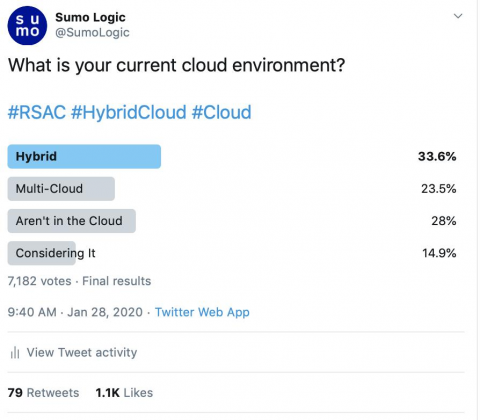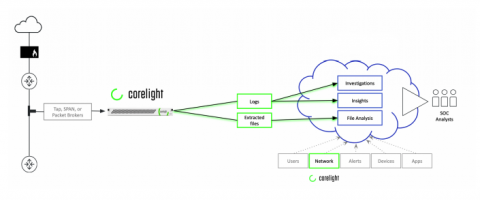How to Get Started in Digital Forensics
If you want to become a digital forensic expert, be aware that when entering the field, you will be presented with an abundance of information that you will not know. It is a wonderfully challenging career path. Some believe that having the title of a cybersecurity professional (e.g. digital forensics expert, cybersecurity analyst, incident response commander, etc.) means that this is an area where the field of knowledge is intimidating because it’s so expansive.










